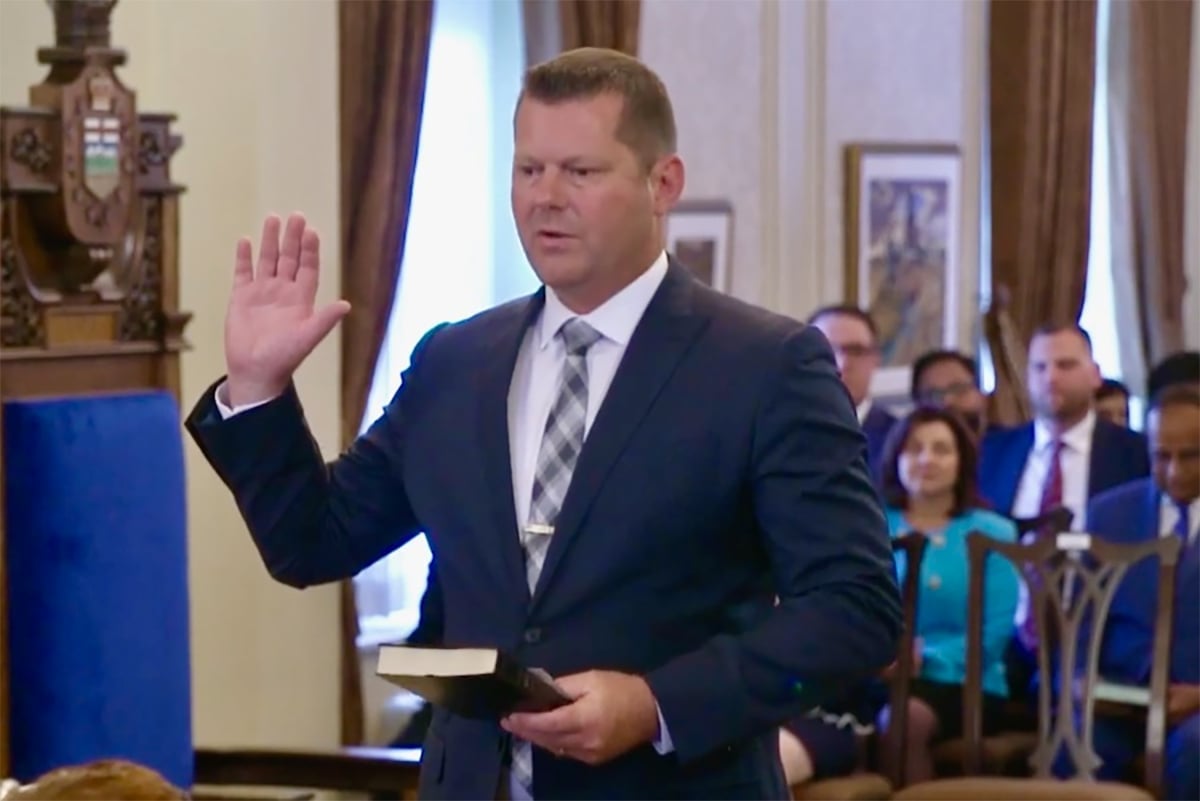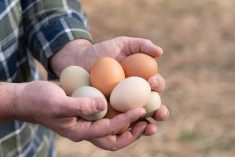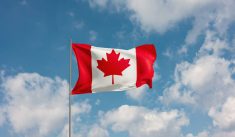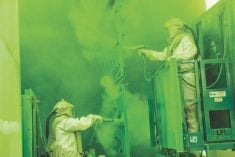After subjecting you all to my tirade back in late April — about how this latest federal election was going to be swamped by outside events that made a comprehensive discussion of the issues even more difficult than usual — we should take a few minutes to review what the heck happened.
The federal Liberals managed to pull out of a graveyard spiral they’d been in since around mid-2023 — first, by setting a timeline to shed a then-unpopular leader, who then was free to take the point position on Canada’s response to U.S. President Donald Trump’s initial round of “51st state” rhetoric; and second, by naming a new leader who immediately reversed some of his predecessor’s most-loathed policy decisions and called an election to capitalize on that sudden support. The result: both the Liberals and Conservatives booked gains in their seat counts in the Commons, largely on the collapse of support for the federal New Democrats — but the Liberals held onto minority government status.
Far be it from me to presume how any Prairie farmer votes in any election, but judging by the outcomes in relevant ridings, it seems more than safe to say many of you leaned Conservative this time around. So, while Pierre Poilievre’s Conservatives did boost their count to 144 seats in the Commons with a 41.3 per cent share of the popular vote, the party’s result can only be described as disappointing — that is, given where it sat in polling around the time of Justin Trudeau’s resignation. At the Conservatives’ polling peak in mid-January, poll aggregator 338canada.com suggested the party stood to win a solid majority with 238 seats or more, with the Liberals finishing third just behind the Bloc Quebecois.
Read Also

Alberta agriculture minister faces recall petition
The number of approved recall petitions has risen to nine for Premier Danielle Smith’s United Conservative Party caucus after Monday’s confirmation to Alberta’s chief electoral officer.
Look, I took just one PoliSci class in university and was mediocre there, but it’s clear to any objective observer that the Conservatives’ collapse on April 28 was more than just a matter of pre-election support gone soft. Not only did the Liberals successfully portray Mark Carney as the functioning adult Canada needed in the room against Trump; they were able to pounce on Poilievre’s Trump-Lite statements and positions from long before the president’s ramblings about Canada turned off all but his most blinkered fans north of the border.
In Poilievre’s defence, I’ll say it was not unwise of him to tack further right for at least a little while before the election was called. Keeping that fringe flank covered may well have been necessary to keep Maxime Bernier’s People’s Party of Canada (PPC) from siphoning off the Conservatives’ most extreme ranks. It’s not that the PPC stood any chance of winning even a single seat, finishing on April 28 with 0.7 per cent of the popular vote. Left unchecked, though, the PPC could well have drawn enough votes in swing ridings to keep a Conservative candidate from winning — and as we saw in some whisker-thin recounts following the election, that number didn’t need to be significant at all. Besides, the 2024 U.S. election had shown there was some appetite here in North America for Republican-style buzzwords and catchphrases, so what was there to lose?
Plenty, it turned out, if you don’t pivot at the right time. The “mushy middle” of Canada’s electorate was clearly sick of Justin Trudeau and thus had been prepared — during polling in 2023-24, at least — to overlook the most Trump-y of Poilievre’s statements and policies. But it was — in hindsight, of course — a bad idea to borrow that heavily from the playbook of a volatile, unpredictable public figure and hope that figure remained a stable and consistent friend to Canada through a Canadian election cycle.
Besides, railing against the “woke” was never going to help Poilievre gain the trust of anyone in Canada who understood what that word meant before the U.S. Republican pundit class got hold of it. And shunning the media and unscripted public may have worked for Stephen Harper up until 2015, but as 2025 rolled on, avoiding professional journalists was never going to convince anyone that Poilievre was the best guy to stand up to Trump.
Poilievre’s loss in his Ottawa-area riding was also mainly of his own making. Promising cuts to the federal civil service was never going to be a vote-getter in the nation’s capital. Nor, in the first federal election since the month-long so-called “Freedom Convoy” hit that city in 2022, did it help that Poilievre had been seen to publicly support it. It sure didn’t help him that the Liberal contender, Bruce Fanjoy, was an aggressive campaigner in the face of an entrenched incumbent who’d held the riding since 2004. Luck was also on Fanjoy’s side this time, but may I just say any worthwhile political party anywhere needs to find and develop more candidates like that guy.
With the election over, though, what’s a Conservative-minded farmer to do? Lobby for provincial or regional separatism? Parrot ridiculous and baseless allegations of election fraud? If the idea of Canada means anything to you, I wouldn’t recommend either of those options.
While it may seem dismissive of me to counsel patience against frustration in this day and age, it will be the healthier option for us all in the long run. Carney’s new government remains in a vulnerable minority position. Poilievre, if he’s able to secure a seat in the Commons, will hopefully have learned valuable lessons about leading a national government-in-waiting. If he hasn’t, you may want to suggest to your Conservative MP that it’s time for the party to look elsewhere.
Clarifications
In the article “New risks flagged in this year’s ‘Keep it Clean’ list” (May 6, page 13) we mentioned the latest loosening of restrictions on lambda-cy insecticide, saying “The insecticide had been removed from the label several years ago.” Clearly I let a phrase drop from that sentence and meant for it to say that lambda-cy’s use on feed crops had been pulled from the label.
Also, in the article “All quiet on the machinery front” (May 6, page 21), we said that on April 10, Agco announced it was suspending shipments of machines to the U.S. from overseas plants. That announcement in fact came April 8, followed two days later by an announcement that the company was “resuming shipment of certain products into the U.S. from most global locations.” As always, we regret these errors, and as always, contact me with any questions or concerns.
















